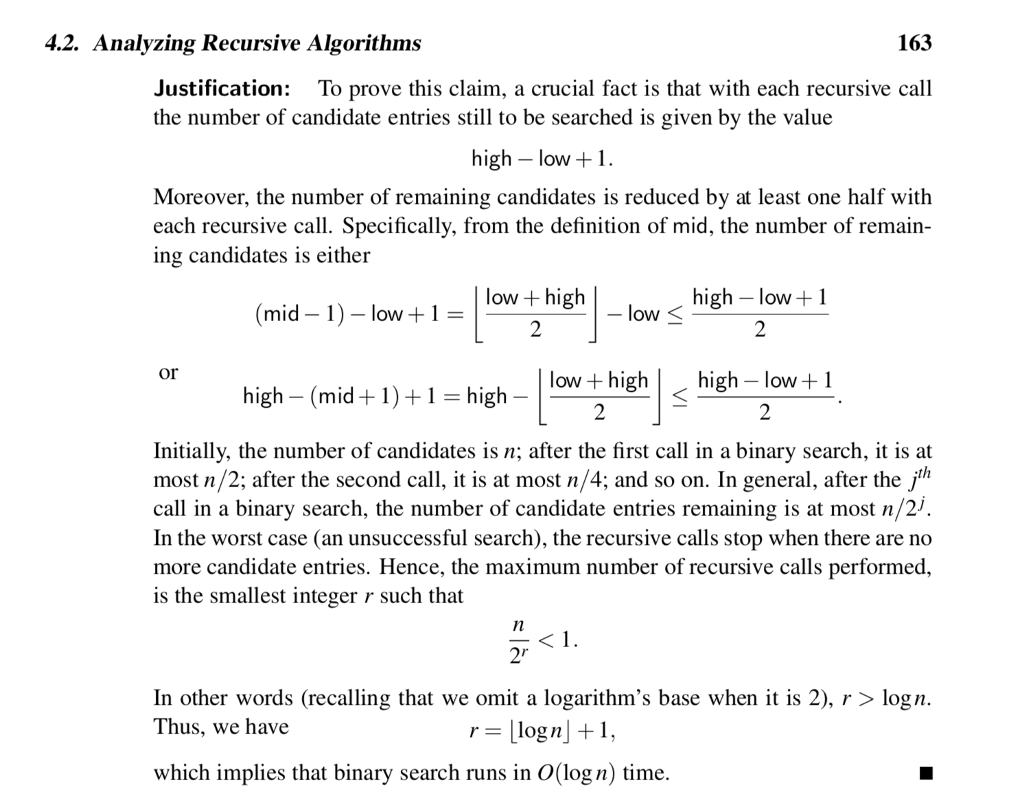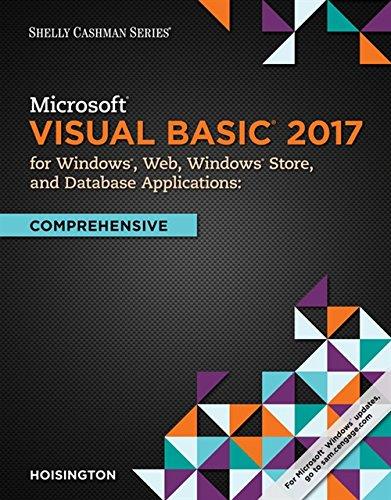Answered step by step
Verified Expert Solution
Question
1 Approved Answer
In Section 4.2 we prove by induction that the number of lines printed by a call to draw interval(c) is 2 c 1. Another interesting
In Section 4.2 we prove by induction that the number of lines printed by a call to draw interval(c) is 2c 1. Another interesting question is how many dashes are printed during that process. Prove by induction that the number of dashes printed by draw interval(c) is 2c+1 c 2.

Step by Step Solution
There are 3 Steps involved in it
Step: 1

Get Instant Access to Expert-Tailored Solutions
See step-by-step solutions with expert insights and AI powered tools for academic success
Step: 2

Step: 3

Ace Your Homework with AI
Get the answers you need in no time with our AI-driven, step-by-step assistance
Get Started


